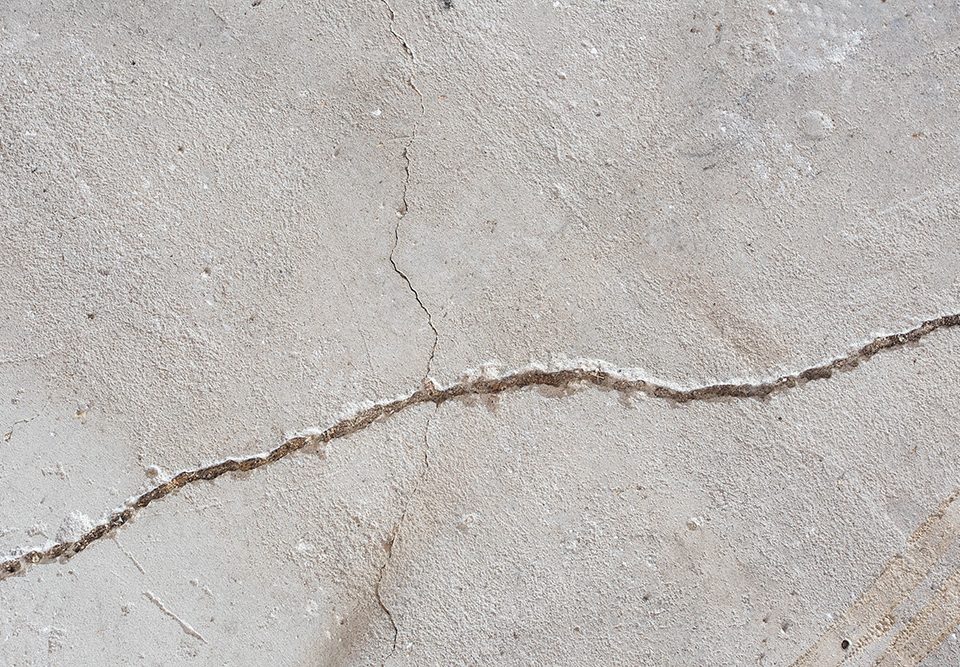- 12299 Mead Way, Unit C, Littleton, CO 80125
- (303) 883-3322
- info@cretejack.com
Why Foam Leveling is Better Than Mudjacking

Summer is the Perfect Time to Level Your Concrete Patio
July 19, 2018
Maintaining Your Newly-Repaired Concrete is Easier Than You Think
August 9, 2018Driveway repair is an unfortunate part of any home or building owner’s life. If you live or own property in Denver, you are more than aware of the necessity of keeping your driveway in good condition. There are a few different techniques to fix your pavement, some that have been around since concrete was first invented. However, there is now a new way to repair your driveway that is a lot better than any of the previous methods that existed.
Previously, mudjacking was the ideal way to repair any broken pavement. Mudjacking has its advantages: it is relatively inexpensive, and many are familiar with the process. Furthermore, the slurry material used in mudjacking is used with all-natural material. However, the process of foam leveling is superior to mudjackingin a variety of ways.
Lighter
The substance used in foam leveling is significantly lighter than the slurry material used in mudjacking. Typically, the mudjacking slurry is made of heavy objects, such as crushed limestone, sand, mud, and elements of cement. The foam is typically made of environmentally-friendly polyurethane, which isn’t nearly as dense as what is used for mudjacking. Since the polyurethane foam is lighter, it doesn’t put as much pressure on the underlying soil. This means foam leveling is more likely to last longer than mudjacking.
The heavier mudjacking slurry also isn’t as viscous as the foam polyurethane. As such, the foam can fill in smaller spaces underneath the existing concrete. With these smaller voids being addressed, the likelihood of the cement falling again decreases. The lighter material also means the equipment needed to inject it isn’t as intense or cumbersome, making the repair process easier.
Quicker to Install
One of the biggest complaints about mudjacking is the holes that have to be dug into the concrete to inject the slurry material. Since the slurry is a heavy, thicker substance, it does not move as easily as the foam does. Mudjacking requires around a 2” hole for the slurry to be pushed underground. As the foam moves more easily, it can be injected using holes that are only ⅝” in diameter. Smaller holes means less concrete that needs to be repaired, thus making the process quicker overall.
The foam also cures faster than the mudjacking slurry. Foam leveling reaches 90% of its ultimate hardness in just 30 minutes, meaning the concrete that just got leveled can be used almost immediately after the repair is completed. Mudjacking material takes much longer to cure, not allowing usage of the space for a few hours, or even days, depending on how big the project is.
The CreteJack Way
If foam leveling is so superior to mudjacking, you may be confused as to why you haven’t heard of it in the Denver area before now. Previously, foam leveling was used mainly for commercial purposes. Realizing the potential to homeowners, however, we are making our foam leveling process available to you at home. It is a quicker, easier, and longer-lasting process to fix your driveway than mudjacking.
If you want to see if our foam leveling process is the right fit for your home repair, feel free to contact us by filling out our easy online form or by calling us at (303) 883-3322 today!



